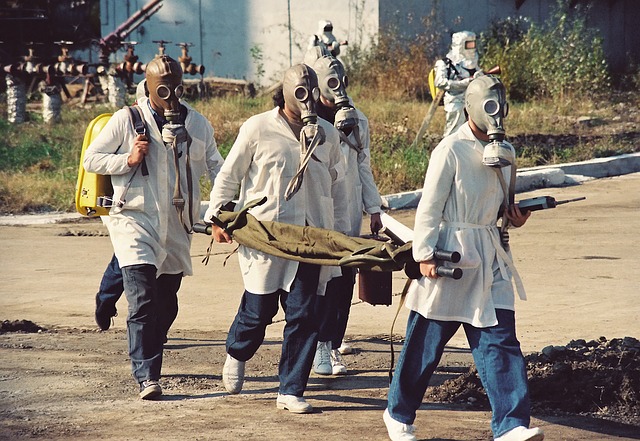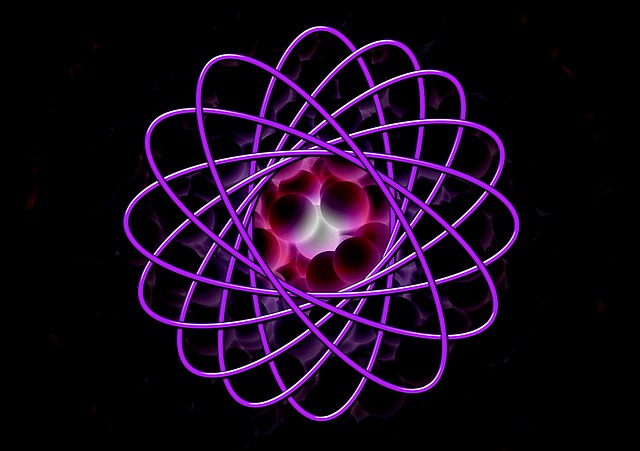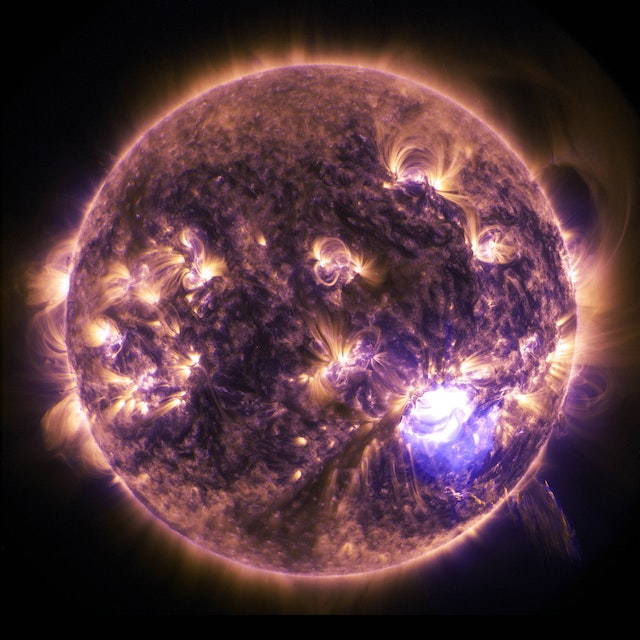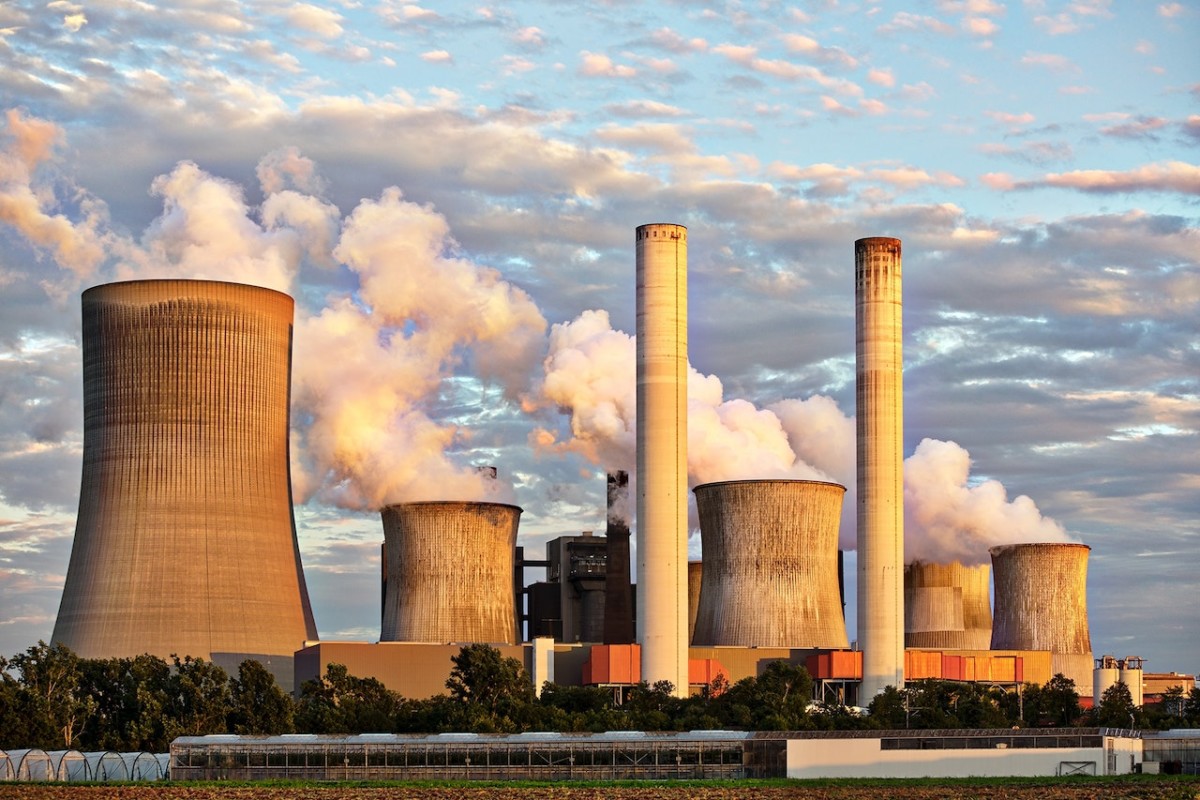Nuclear energy is one of the most polarizing issues in the world today. The issue is that nuclear power generation can produce power and heat, but it also produces high-level radioactive waste. The waste is a byproduct of nuclear fission and it is dangerous to humans and other living things. Now let’s look at some interesting facts about nuclear energy.
10 Facts about nuclear energy
1 Nuclear fuel is extremely dense. Uranium, for example, has a density of 18.9 grams per cubic centimeter. That’s about twice the density of lead! This high density is what makes nuclear fuel so powerful and efficient.
2 Nuclear power plants operate at high temperatures. The biggest nuclear plant in the world, the Three-Mile Island Nuclear Power Plant, operates at about 200 degrees Celsius (392 degrees Fahrenheit).
3 Nuclear power plants use nuclear fission to generate electricity. In a nuclear power plant, uranium rods are placed in a reactor. When the uranium atoms split, they release energy that is used to heat water and create steam. The steam turns turbines that generate electricity. Nuclear power plants have a waste storage problem. The nuclear waste that is created after the fission reaction consumes the uranium in the reactor. Radioactive materials must be stored for thousands of years until they can be safely disposed of.
4 Nuclear energy is the most reliable energy source in America. It has the lowest greenhouse gas emissions of any energy source, and it is not subject to price volatility like other forms of energy. America’s nuclear reactors are also some of the most reliable in the world, with an availability rate of more than 90 percent.
A nuclear power plant can provide a tremendous amount of energy for hundreds of thousands of homes each year, compared to the 60,000 in the United States at the time of writing. This allows it to be used as a provider of cheap energy and an alternative to fossil fuels.
5 Every 18 to 24 months, a power plant must shut down to remove its spent fuel, which becomes radioactive waste.
In the United States, there are 104 nuclear reactors that provide about 20 percent of the nation’s electricity. Every 18 to 24 months, one of these reactors must shut down for several weeks to remove its spent uranium fuel, which becomes increasingly radioactive over time. This process, known as refueling and defueling, is a major undertaking that involves hundreds of workers and millions of dollars.
6 The worst nuclear plant accidents in history are the Three Mile Island accident, the Chernobyl disaster, and the Fukushima Daiichi nuclear disaster.
The Three Mile Island accident was a partial nuclear meltdown that occurred on March 28, 1979, in Unit 2 of the Three Mile Island Nuclear Generating Station in Dauphin County, Pennsylvania, United States. It was the most serious accident in U.S. commercial nuclear power plant history.
The Chernobyl disaster was a catastrophic nuclear accident that occurred on April 26, 1986, at the Chernobyl Nuclear Power Plant in Pripyat, Ukrainian SSR. It is considered the worst nuclear power plant accident in history and is one of only two classified as a level 7 event on the International Nuclear Event Scale.

The Fukushima Daiichi nuclear disaster was a series of equipment failures, nuclear meltdowns, and releases of radioactive material that began on March 11, 2011, and continued for more than a year. It is the largest nuclear incident since the Chernobyl disaster in 1986. The plant consisted of six boiling water reactors (BWR). Units 1-3 were operational at the time of the earthquake and tsunami.
7 How many operational nuclear plants around the world?
How many operational nuclear plants are around the world? In the world today, there are about 6.4 billion people living on earth. Out of those people, only about 435 million or so live in a country with an operational nuclear power plant. In fact, there are only 31 countries in the world that have operational nuclear plants according to the World Nuclear Association. These countries are scattered all over the world, from North America to Europe, Asia to Africa.
8 In 2022 Nuclear power plants produced. Nuclear power plants produced more than 2,600 terawatt hours of electricity in 2022, making up about one-sixth of the world’s total electricity generation. While this was a slight decrease from the previous year, it was still enough to make nuclear power the fourth-largest source of electricity in the world.
The use of nuclear power has been declining in recent years as countries have turned to other sources of energy, such as natural gas and renewables. However, with concerns over climate change mounting, there has been a renewed interest in nuclear power in recent years.
Countries like China and India are investing heavily in new nuclear plants, while countries like Germany and Japan are restarting their nuclear programs after shutting them down following the Fukushima disaster.
9 Nuclear energy is the world’s second-largest source of Low-Carbon Electricity, with wind and solar being the first and third, respectively. Nuclear energy produces zero emissions during electricity generation, which is why it is considered a low-carbon energy source. France obtains more than 75% of its electricity from nuclear power, while Sweden gets about 50% of its electricity from nuclear reactors. The United States receives about 20% of its electricity from nuclear reactors.
10 The most commonly used element in fission reactions is Uranium. The element Uranium is the most commonly used in fission reactions. Uranium is a heavy, silver-colored metal that is found in nature in a number of different minerals. It is radioactive, meaning that it gives off radiation, and it is this radiation that can be harnessed to create nuclear energy.

In order to obtain energy from nuclear fission, a large amount of Uranium must be split into small pieces. These smaller pieces of Uranium are called Plutonium. Plutonium is even more radioactive than Uranium and it has a half-life of 24,000 years.
Nuclear energy has a reliable supply of energy. It doesn’t rely on the weather like wind or solar power, and it’s not as volatile as oil or gas. Plus, the technology is well understood and has a long history of safe operation. Nuclear power is not dangerous. While a large amount of radiation is released when Uranium and Plutonium are split, the radiation is contained within the reactor itself. The intense heat that results from nuclear fission creates a lot of steam in the reactor.
Lets now look at some FAQs Regarding facts nuclear energy
How does nuclear energy impact the environment?
Nuclear energy is a controversial topic. Some people believe that it is the key to saving our planet and others believe that it is too dangerous. But, what does everyone agree on? Nuclear energy does have an impact on the environment or produce greenhouse gases. The primary concern is the dangerous waste that is produced. Nuclear waste contains a number of radioactive elements which are extremely harmful to humans and other living creatures. The radioactivity in this waste dissipates over time and so does the danger, but it does not disappear completely.
How is nuclear energy created?
Nuclear energy is created when the nuclei of atoms are combined together to form a new atom. This process is called nuclear fission. When a uranium atom splits in two, it releases a large amount of energy. This energy is used to create heat, which can be turned into electricity. The most common form of nuclear power is called fission. This process splits an atom so that the nucleus of an atom breaks into smaller parts. The energy released during this process is used to make a form of heat, which can be turned into electricity.
Is nuclear energy renewable?
Nuclear energy is generated through the use of uranium, a radioactive element. The process of splitting uranium atoms to create energy produces harmful radiation and heat. While this may seem like an environmentally unfriendly way to create energy, proponents of nuclear power argue that it is one of the most renewable sources of energy available.
Nuclear reactors can be powered by uranium that is enriched or by plutonium, which is created in a breeder reactor from naturally occurring uranium. Enriched uranium can be found in many parts of the world, while plutonium must be manufactured. Breeder reactors are not yet commercially available, but they have the potential to create more fuel than they consume.
Most experts agree that nuclear power is a viable renewable energy source, but the technology has yet to be proven on a large scale. There are also concerns about the safety and security of nuclear plants.
What was the first commercial nuclear power plant?
Commercial nuclear power plants have been providing electricity to the grid for over 50 years. The first nuclear power plant, Shipping port Atomic Power Station, became operational on December 2, 1957. The plant was built by the Duquesne Light Company and was the first full-scale nuclear power plant in the United States. The plant was powered by a nuclear reactor that used enriched uranium, extracted from the nearby Y-12 National Security Complex. The reactor contained two 1.2-megawatt reactors and operated for over 40 years before it closed in 1988.
Why is nuclear power so expensive?
Nuclear power has been around since the 1950s, and it was once seen as the future of energy. However, nuclear power is now more expensive than other forms of energy, such as natural gas and solar power. There are a few reasons for this. First, the cost of building a nuclear power station is very high. Second, the safety regulations for nuclear power stations are very strict, and the cost of complying with these regulations can be expensive. Finally, the cost of decommissioning a nuclear plant and cooling towers can be significant.
Nuclear energy can be used to produce hydrogen fuel cells.
In the not too distant future, the world may rely on hydrogen fuel cells to power vehicles, homes and businesses. Hydrogen fuel cells convert the energy in hydrogen gas into electricity. This process releases no pollutants and only water vapor is emitted from the cell.
Nuclear energy has the potential to produce large amounts of hydrogen for fuel cells. Nuclear reactors can use reprocessing to extract plutonium-239 from spent nuclear fuel rods. Plutonium-239 is a fissile material that can be used to produce nuclear energy. It can also be used in a hybrid reactor to produce both electricity and hydrogen.
Hybrid nuclear reactors have several advantages over traditional nuclear reactors. They are smaller, which makes them less expensive to build and operate. They also have a higher efficiency, which means more of the energy in the fuel is converted into electrical power or hydrogen gas.
What is Nuclear Fusion?

Nuclear fusion energy is a process in which two atoms join together to form a new, heavier atom. This process releases large amounts of energy, which can be harnessed to generate electricity. Nuclear fusion is the same process that powers the sun and other stars. Scientists have been working for many years to develop a practical way to harness nuclear fusion as a source of energy. Although significant progress has been made, there are still many challenges to overcome before nuclear fusion can become a reality.
What is The U.S. Nuclear Regulatory Commission?
The U.S. Nuclear Regulatory Commission (NRC) is an independent agency that regulates the use of nuclear energy. The NRC’s mission is to protect public health and safety by ensuring that nuclear facilities are operated in a safe and secure manner. The NRC also promotes the peaceful use of nuclear weapons and technology, through international agreements and domestic regulations. The NRC was created in 1974, after the 1973 oil crisis, when it became clear that the country needed to develop a new source of energy.
What is The International Atomic Energy Agency?
The International Atomic Energy Agency (IAEA) is an international organization that seeks to promote the peaceful use of nuclear energy, and to inhibit its use for military purposes. Founded in 1957, the IAEA is headquartered in Vienna, Austria. The IAEA works with its Member States to help them develop and maintain robust nuclear power programs that operate safely, securely and sustainably. The IAEA helps in the development of nuclear industry infrastructure, including nuclear power plants and research reactors. The IAEA also provides Member States with technical assistance to help them meet international safety standards.
Recent Posts
Understanding Energy and Electricity: The Power For Progress
Energy and Electricity Energy and electricity are integral components of modern life, powering everything from homes and businesses to transportation and communication. Without them, the...
The Future of Wind Energy The future of wind energy is set to play a critical role in addressing global energy needs while combating climate change. As renewable energy sources like wind and...


